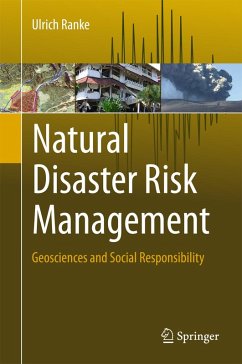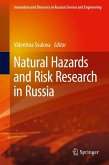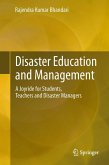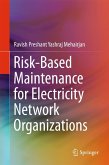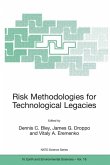Many aspects of disaster risk management, such as for earthquakes, volcanic eruptions, floods, avalanches and mudslides call for similar prevention and preparedness instruments, management concepts, and countermeasures. This textbook assumes the viewpoint of a regional disaster risk manager who is responsible for a certain area, and for making the lives of the people who live there safer, regardless of the type of natural disaster that may occur. The same holds true for boosting preparedness and awareness in the population at risk. The book includes numerous examples of hazard mitigation concepts and techniques, as well as ways of intensively involving the local population in prevention schemes at an early stage. Furthermore, this textbook provides an in-depth examination of the function of risk communication, both as an instrument for official information dissemination and as a function of public media. To close, a chapter on risk splitting offers insights into insurance-based models for risk financing.
.
.
Dieser Download kann aus rechtlichen Gründen nur mit Rechnungsadresse in A, B, BG, CY, CZ, D, DK, EW, E, FIN, F, GR, HR, H, IRL, I, LT, L, LR, M, NL, PL, P, R, S, SLO, SK ausgeliefert werden.
"Ranke ... has written a very timely, well-organized, comprehensive textbook that will be remarkably valuable to earth scientists in many disciplines throughout the world. Climatologists, hydrologists, geophysicists, volcanologists, and sedimentologists are just some specialists who will find this book an important resource. ... This guide and accompanying free software will be very useful to students studying natural disaster risks. ... Summing Up: Highly recommended. Upper-division undergraduates and above." (M. S. Field, Choice, Vol. 53 (9), May, 2016)

